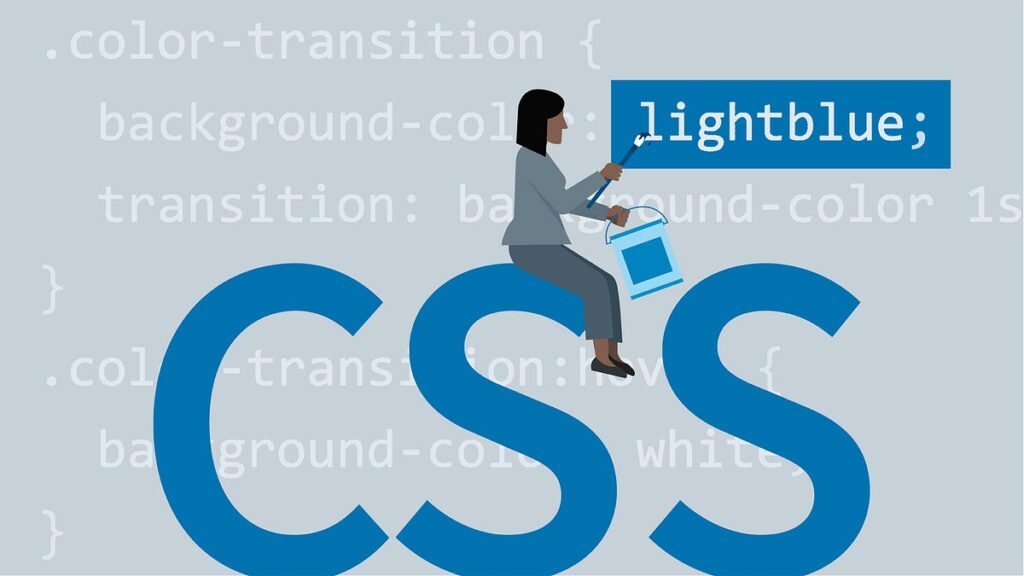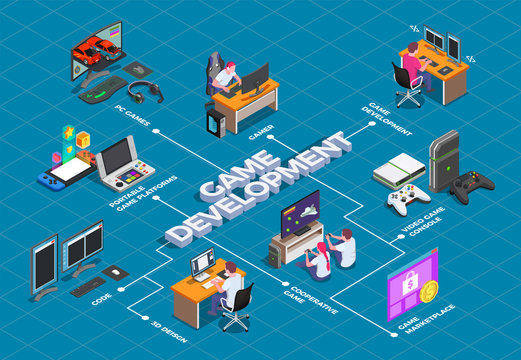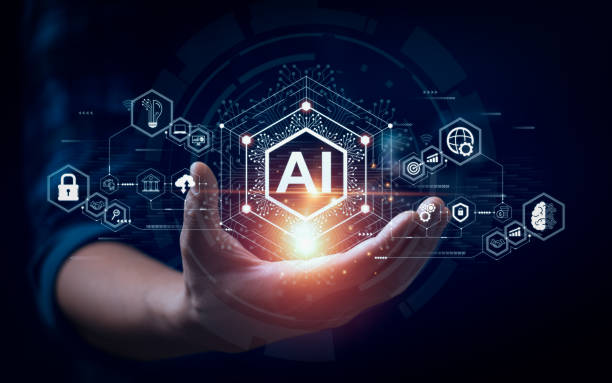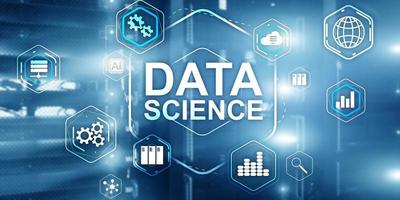HTML (Hyper Text Markup Language)
HTML is the fundamental language for creating web pages, allowing developers to structure and organize content in a way that browsers can interpret and display. The use of tags and elements provides a standardized approach to web development, ensuring consistency and compatibility across different platforms and devices.
- HTML stands for HyperText Markup Language.
- HTML is the standard markup language for creating Web pages.
- HTML describes the structure of a Web page.
- HTML consists of a series of elements.
- HTML elements tell the browser how to display the content.
- HTML elements label pieces of content.

Hyper Text Markup Langugae(HTML)
CSS ( Cascading Style Sheets)
CSS is a powerful tool for web developers, providing a way to control the look and feel of web pages. It promotes a modular and scalable approach to styling, enhancing the maintainability and consistency of web projects.
- CSS stands for Cascading Style Sheets.
- CSS describes how HTML elements are to be displayed on screen, paper, or in other media.
- CSS saves a lot of work. It can control the layout of multiple web pages all at once.
- External stylesheets are stored in CSS files.

Cascading Style Sheets(CSS)
Javascript Programming
JavaScript is a versatile programming language that is primarily used for web development. It enables dynamic content, interactivity, and various client-side functionalities in web browsers.
- Client-Side Scripting
- Object-Oriented
- ECMAScript
- Event-Driven
- Cross-Platform
- Asynchronous Programming
- Manipulating the DOM
- Libraries and Frameworks
- Server-Side Development
- Security

JavaScript Programming
Website Development
Website development involves the process of creating, designing, and maintaining websites. It encompasses various aspects, including web design, web content development, client-side and server-side scripting, and network security configuration.
- Web Design:
- User Experience (UX) and User Interface (UI)
- Responsive Design
- HTML, CSS, and JavaScript:
- HTML (Hypertext Markup Language)
- CSS (Cascading Style Sheets)
- JavaScript
- Server-Side Development:
- Backend Programming Languages
- Databases
- Content Management Systems (CMS):
- WordPress, Drupal, Joomla.
- Web Development Frameworks:
- Frontend Frameworks
- Backend Frameworks
- Version Control
- Web Hosting and Domain Management:
- Domain Registration.
- Web Hosting.
- Security.
- SSL Certificates.
- Data Encryption.
- Search Engine Optimization (SEO).
- Testing and Debugging.
- Deployment and Maintenance.

Website Development
Python Programming
Python is a powerful and flexible programming language suitable for beginners and experienced developers alike. Its readability, extensive libraries, and diverse applications make it a popular choice for a wide range of programming tasks.
- Syntax
- Interpreted and Compiled
- Dynamic Typing
- Object-Oriented
- Standard Library
- Community and Ecosystem
- Versatility
- Frameworks and Libraries
- Readability and Maintainability
- Community-Driven Development
- Cross-Platform Compatibility
- Scalability

Python Programming
Java Programming
Java’s versatility and strong ecosystem make it a popular choice for a wide range of applications, from small-scale projects to large-scale enterprise systems. Its stability, portability, and community support contribute to its continued relevance in the world of programming. Here are key aspects of Java programming:
- Platform Independence
- Object-Oriented Programming (OOP)
- Automatic Memory Management
- Rich Standard Library
- Multi-threading
- Security
- Large Ecosystem
- Platform for Enterprise Development
- Community and Documentation
- Development Tools
- Cross-Platform Mobile Development

Java Programming
Mobile App Development
Android app development refers to the process of creating mobile applications for devices that run on the Android operating system. Android is an open-source operating system developed by Google, and it is widely used on a variety of mobile devices, including smartphones and tablets. Here are key aspects of Android app development:
- Java and Kotlin Programming Languages
- Android Studio IDE
- User Interface (UI) Design
- Activity and Fragment Components
- Layouts and Views
- Intents and Intent Filters
- Permissions and Security
- Data Storage
- Networking
- Background Processing
- Testing
- Publishing to the Google Play Store
- Updates and Maintenance:

Android App Development
Game Development
Game development is the process of creating video games for various platforms, including consoles, computers, mobile devices, and virtual reality. It involves a multidisciplinary approach, combining elements of programming, design, art, audio, and storytelling. Here are key aspects of game development:
- Game Design
- Programming
- Graphics and Art
- Audio Design
- Storytelling and Narrative Design
- User Interface (UI) and User Experience (UX) Design
- Physics and Animation
- Game Testing
- Monetization Models
- Multiplatform Development
- Continuous Updates and Support
- Marketing and Distribution

Game Development
Artificial Intelligence
Artificial Intelligence (AI) is a branch of computer science that aims to create machines or systems that can perform tasks that typically require human intelligence. These tasks include problem-solving, learning, perception, language understanding, and decision-making. AI encompasses a broad range of techniques, technologies, and applications. Here are key aspects of artificial intelligence:
- Machine Learning (ML)
- Deep Learning
- Natural Language Processing (NLP)
- Computer Vision
- Robotics
- Expert Systems
- AI Planning
- Reinforcement Learning
- Ethical and Responsible AI
- AI in Business and Industry
- AI in Healthcare
- AI in Education
- AI in Gaming

Artificial Intelligence
Robotics
Robotics is an interdisciplinary field that involves the design, construction, operation, and use of robots. Robots are autonomous or semi-autonomous machines that can perform tasks or actions in the physical world. Robotics combines aspects of mechanical engineering, electrical engineering, computer science, and artificial intelligence.

Robotics
Machine Learning
Machine Learning (ML) is a subset of artificial intelligence (AI) that focuses on the development of algorithms and statistical models that enable computer systems to improve their performance on a specific task over time without being explicitly programmed. Machine learning involves the study of patterns and statistical structures within data, allowing machines to make predictions or decisions based on that data.

Machine Learning
Data Science
Data Science is an interdisciplinary field that involves the extraction of insights and knowledge from structured and unstructured data. It combines techniques from statistics, mathematics, computer science, and domain-specific expertise to analyze and interpret complex data sets.
